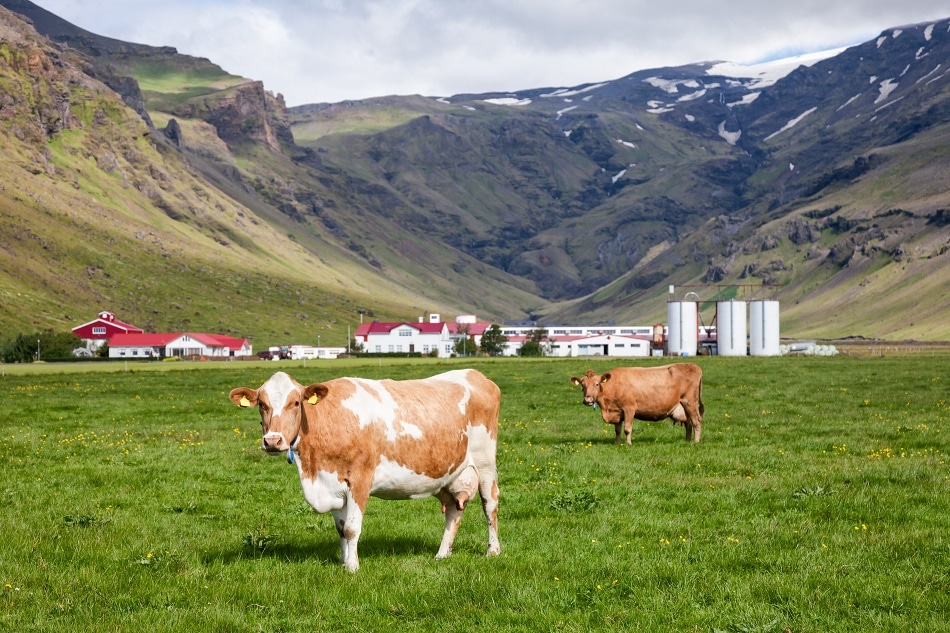Jul 4 2019
 Dmitry Naumov/Shutterstock
Dmitry Naumov/Shutterstock
According to a new research, normal dairy cows share the same core collection of genetically inherited gut microbes, which affect factors like the amount of methane the animals liberate during digestion and how well they produce milk.
The study may allow researchers to control the rumen (a cow’s first stomach, where microbes break down consumed food) by recognizing these microbes, thereby enabling a transition toward more environmentally friendly and productive agriculture.
Researchers have long been questioning the link between a cow’s genetics, the composition of its microbiome, and its productivity. In order to find out answers, Robert John Wallace and his colleagues first used common nucleotide variations between genes to examine the genotypes of a record-breaking 1000 Holstein and Nordic Red dairy cows from the United Kingdom, Italy, Sweden, and Finland — the most common and productive milking cow breeds in developed countries.
They identified a central microbiome: a group of closely linked microbes present in at least 50% of all the cattle. After that, the scientists employed two machine-learning algorithms to establish that they could precisely predict rumen metabolism, diet, and characteristics such as milk output and methane release on the basis of this core microbiome’s composition.
A Canonical Correlation Analysis (CCA) demonstrated that the core microbiome was linked with genetics, implying that inherited genes result in microbes responsible for methane emissions and other cattle characteristics. The discovery that these powerful microbes are correlated to heritable genes could help establish programs where breeders can choose cattle with microbiomes that release the least methane.